The Ricoh FF-8WR is one of a bunch of compact cameras that I didn’t recently get shot of. This might sound like an odd distinction to make, but recently I parted company with about 15 cameras that I’d come to the conclusion I wasn’t going to get around to writing about. The reason was, whilst most of them had intrigued me enough to buy them, I didn’t find them unique enough in their merits to put a roll of film through them. The Ricoh FF-8WR is one that just tipped the balance. It’s a camera that through a couple features that are less frequently found in cameras like these, I decided to load and shoot a roll…
So what is so interesting about the Ricoh FF-8WR? Well, that depends on your perspective. I suspect a great many people wouldn’t find this camera that interesting at all, but let’s face it, it wouldn’t be the first time I’d been interested in a camera that fits into that category. The two more unusual features for a camera of this ilk are the 28mm lens and it’s apparent water resistant nature. Nothing mind blowing maybe, but combine that with the fact it’s a Ricoh, and I had reasonably high hopes!
Water resistance
To be honest, I don’t have a first clue about what “water resistant” actually means. I bet there is some sort of ISO standard somewhere, but I can’t be bothered to do the relevant research – a geek I might be, but we all have our limits. Water resistant on my Casio wrist watch when I was a kid was denoted by a depth. 50 meters often seemed to be the depth a watch could go to. Even as a kid I wondered how often watches actually went to 50m under water. I remember thinking it can’t be that often, but it didn’t matter really, it was still a measure of how good a watch was when showing off to friends. I digress, water resistant on a camera is seemingly not the same thing. In fact I doubt very much this camera can actually be submerged at all. What I suspect is the case is that this camera can – if you should desire to do so – be used in what might be considered “slightly heavy rain”. If I get a chance, I shall attempt to test this theory, though I don’t like going out in the rain much…
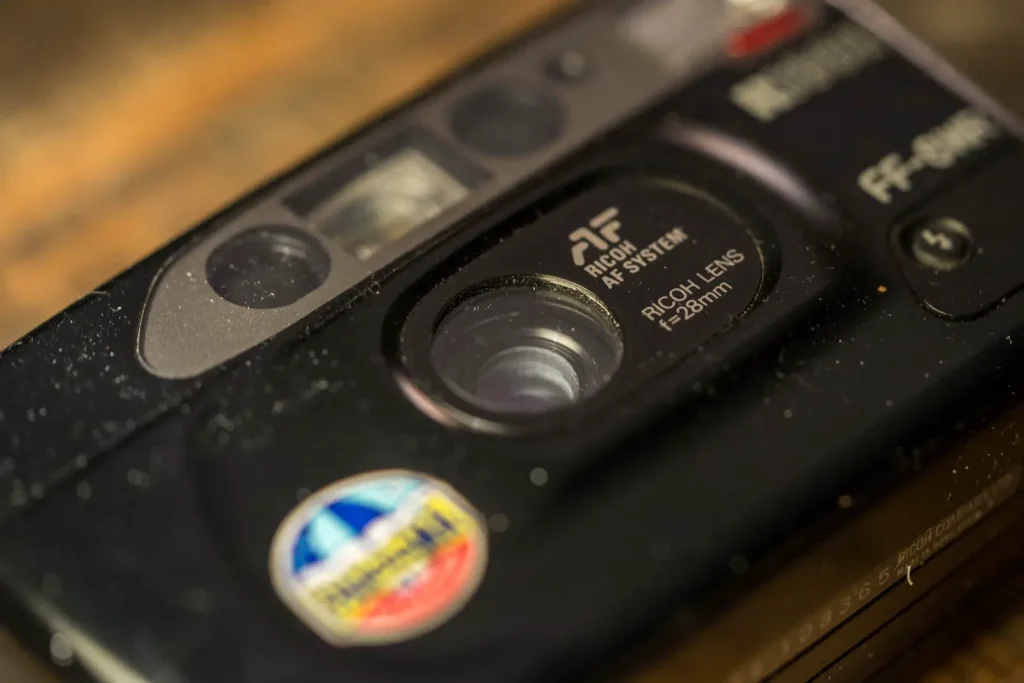
The 28mm lens
Next to this water resistance, and possibly of slightly more interest, is the 28mm lens. 28mm lenses are not all that common in compact cameras so this is always a little bit of a draw for me. The lens has a maximum aperture of f/4.5, and sits behind what I guess is part of the system for keeping it water resistant. Regardless of whether the camera is on or off, the lens doesn’t project any further out from the front of the body. This is nice from a handling perspective, but I’m never convinced that the overall quality of the images from cameras like these wouldn’t be better without the extra bit of plastic in the way of the lens. I thought about removing this front piece, but looking inside you can see parts of the lens mechanism, so decided that was probably a bit to risky.
Image quality (or lack thereof)
In terms of image quality, well, let me start by telling you that reading online I found a few references to the Ricoh FF-8WR lens as having “appeal to the lomo crowd”. When I thought about it, I didn’t really know what that meant…? A vignette, bright colour, a bit soft..?? I’m not sure? Maybe it just means it’s a bit shit? Well, it’s fair to say, if “a bit shit” is your definition of what “the lomo crowd” are looking for then, this camera is definitely what the lomo crowd are looking for. Let’s start with flare. Have you ever seen a photo that looks like this?
I thought it might be a error on the part of the people who dev’ed it to start with, but looking at the other photos, I think it’s just a reflection between the front element and the plastic water resistant screen. Any shot with the source of light even remotely in or near the frame I got flare.
Beyond this we have smearing and softness. Any kind of contrasty scene results in the light being smeared.
But beyond even that there seems to be some localised softness in the middle of some of the frames. You would think this was down to a bit of crap being on the lens, but I cleaned it before we went out.
Then there’s the heavy vignette, which to be fair, I don’t mind in isolation, but combined with the rest of the lenses character feels a little more like it’s just another reason to pick fault.
This all said, it’s hard to argue with the fact the somehow the lens creates character with a serendipitous charm. It is this I suppose that defines what “the lomo crowd” like. Not shit per se, just tending toward inconsistent for the benefit creating weird and wonderful effects.
Ok, so the lens is a bit crap, but it is water resistant and it’s a Ricoh. Previous experience of Ricoh compact cameras leads me to believe it should be at last half decent to use, right? No, wrong, it’s awful, really, truly, awful!
Autofocus
There are then a bunch of cheap wide angle point & shoot cameras with 28mm or wider lenses – the Canon AF10 is an example that immediately springs to mind. These camera are so basic, that if they auto focus at all, they use such basic systems of AF that they mostly rely on the depth of field of a slightly slow wide angle lens to ensure focus. From what I can tell, the Ricoh FF-8WR sits firmly in this group of cameras. Autofocus, yes, but it’s very limited.
That said, regardless of how it gains focus, it seems to work ok for for basic snaps in the outdoors… Or at least, if you can see past the smeariness, you can see that it at least tried to focus accurately even if the shit lens let it down. Of course, the real difficulty arises where your subject isn’t central to the frame. This camera lacks even the luxury of a half press for autofocus lock. It really is a true point and poke camera.
Flash Function
One of the nice things about cameras who’s lenses don’t project out of the front of the camera is that at no point do they need switching off. A camera you don’t need to switch off, is a camera that – at least in the case of a great many point and shoot cameras – will retain the flash settings that you choose. Unfortunately, in the case of the Ricoh FF-8WR, this is not the case. Flash modes are set per shot.
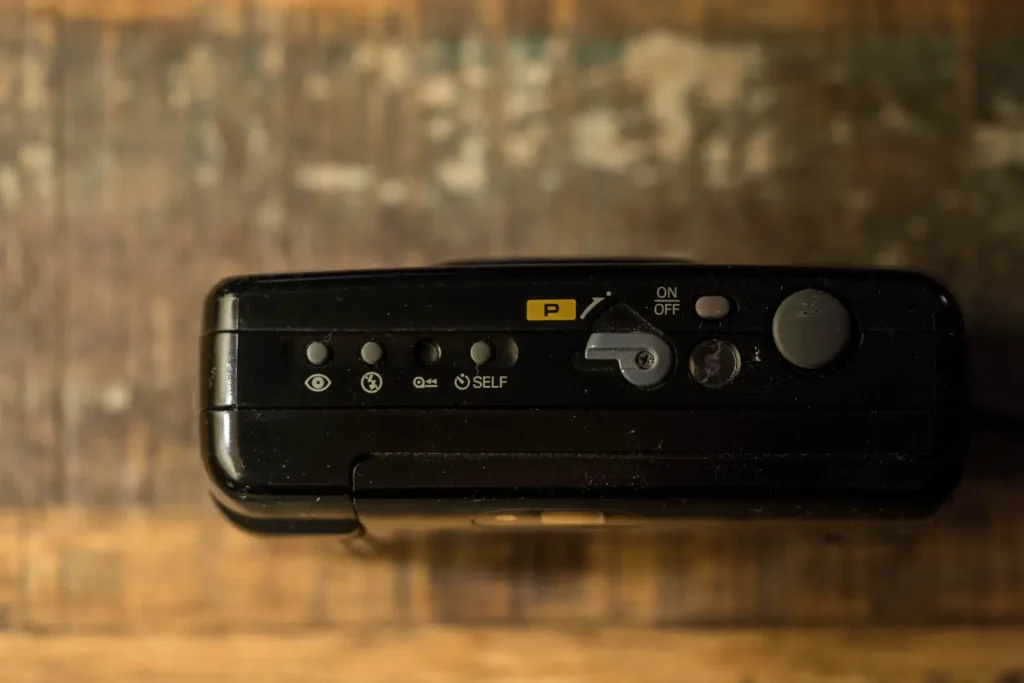
The default flash state is of course auto. The Ricoh FF-8WR then has two override buttons, the button on the front of the camera is force flash on, or ‘fill’ flash, there is then a second button on top of the camera that prevents the flash from firing when pressed. In the case of both of these buttons they have to be held down at the moment the shutter button is depressed. This is also the case for the red eye reduction flash.
I have mixed feelings toward this way of functioning. I quite like it on other Ricoh cameras where the flash is prevented from firing by physically holding it down, and this isn’t really that far from that mark. The problem is, the buttons are so damned fiddly, and not really placed where they come to hand that easily meaning to operate them I find myself looking at the camera for every photo.
Handling and in use
Back to that non-projecting lens for a moment, I just wanted to mention that because of it, the camera can be left switched on and carried around ready to shoot in the knowledge that the lens won’t get damaged… Great, or at least it would be if it were true! Unfortunately there’s a battery saving mode that switches the camera off after after a fairly short period of time. There is a handy green light by the viewfinder that seems to signal ‘flash ready’, if this is off, it at least warns you the camera has powered down.
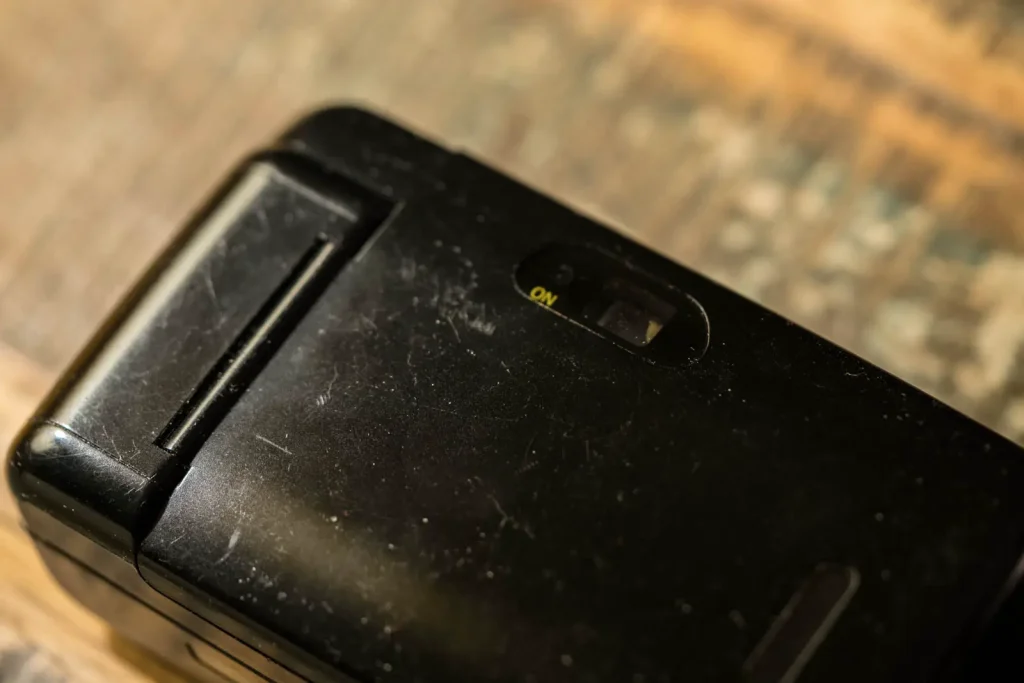
Of course, if you’re anything like me, it will catch you out time and time again. I wouldn’t mind if it powered down after a half hour, but it’s about 5 minutes, and when using it I swear the power down time got shorter. Every time I took it out of my pocket I had to switch it back on, and most of the time I forgot.
Then once I had realised it was off, switched it on and put it to my eye, things still didn’t improve. I accept that this camera is a few years old and therefore perhaps not as free from dust as it might have once been. But the viewfinder in mine is filled with crap that makes it near impossible to see through. How can a weather resistant camera have a dusty viewfinder? I’d have thought dust should be kept out just as efficiently as water is. On top of this the frame lines are basically non-existent and completely disappear with even slightly bright subject. In short, framing was basically impossible.
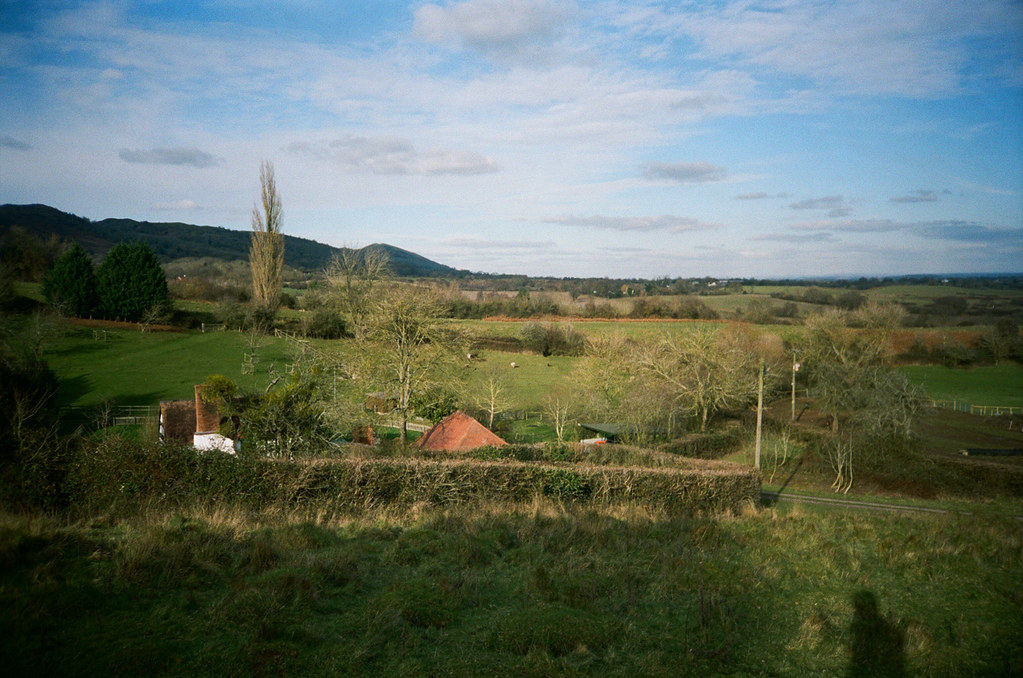
Handling otherwise is ok I suppose. The Ricoh FF-8WR has that 90s bar of soap appearance that leaves it feeling somewhat devoid of style. It is rounded though, and is therefore reasonably comfortable to hold. It’s not too big either. And I suppose giving it some credit there, that lack of any half press or complicated autofocus means it’s very snappy when you do press the shutter button. Though if I’m honest, every time I pressed it this just reminded of how crap the camera was, rather than how good it was…
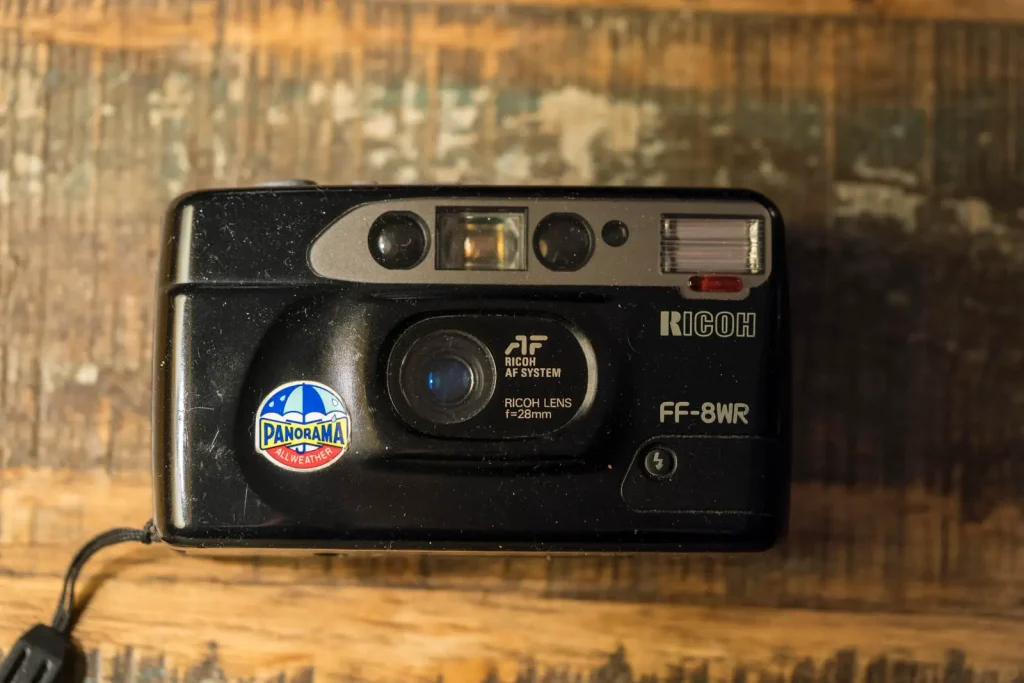
My concluding thoughts…
So… I bet it’s fairly obvious how I feel about the Ricoh FF-8WR? You guessed it, I think it’s bloody awful! Now, if your reading this review thinking I’m biased, maybe this is the first time you’ve come across this website, maybe your thinking I normally shoot a Leica and I think that everything short of a Leica is crap? Well that’s just not the case. For the same £1.49 you might pay for this lump of shite in a charity shop, you might choose the Olympus AF-10 sat on the shelf next to it – a camera that in many ways is just as basic, but actually takes a half decent photo. I really do like some compact cameras, there is a lot of joy to be had from their simplicity. But for this joy to be present there needs to be at least a couple of redeeming features. This camera is almost entirely devoid of anything that would make me want to pick it up again.
In summary, thanks to the dust in the viewfinder I don’t believe it’s very well resistant to water, it’s horrible to use in every regard and it takes objectively bad photos. I suppose I should say, if it was otherwise wonderful to use (and maybe lacked the localised softness near centre frame that might be specific to my copy), I might be taken in by the slightly whimsical charm of the photos it takes. I quite like that glow, and in some cases the flare does lead to interesting results… But really, even then it would just be a novelty rather than anything if shoot in any serious way. As such, My recommendation is to not be fooled by it like I was, there are many great Ricoh cameras that share the ‘FF’ prefix (the FF90 is one of the best), but this Ricoh FF-8WR is not one of them!
Share this post:
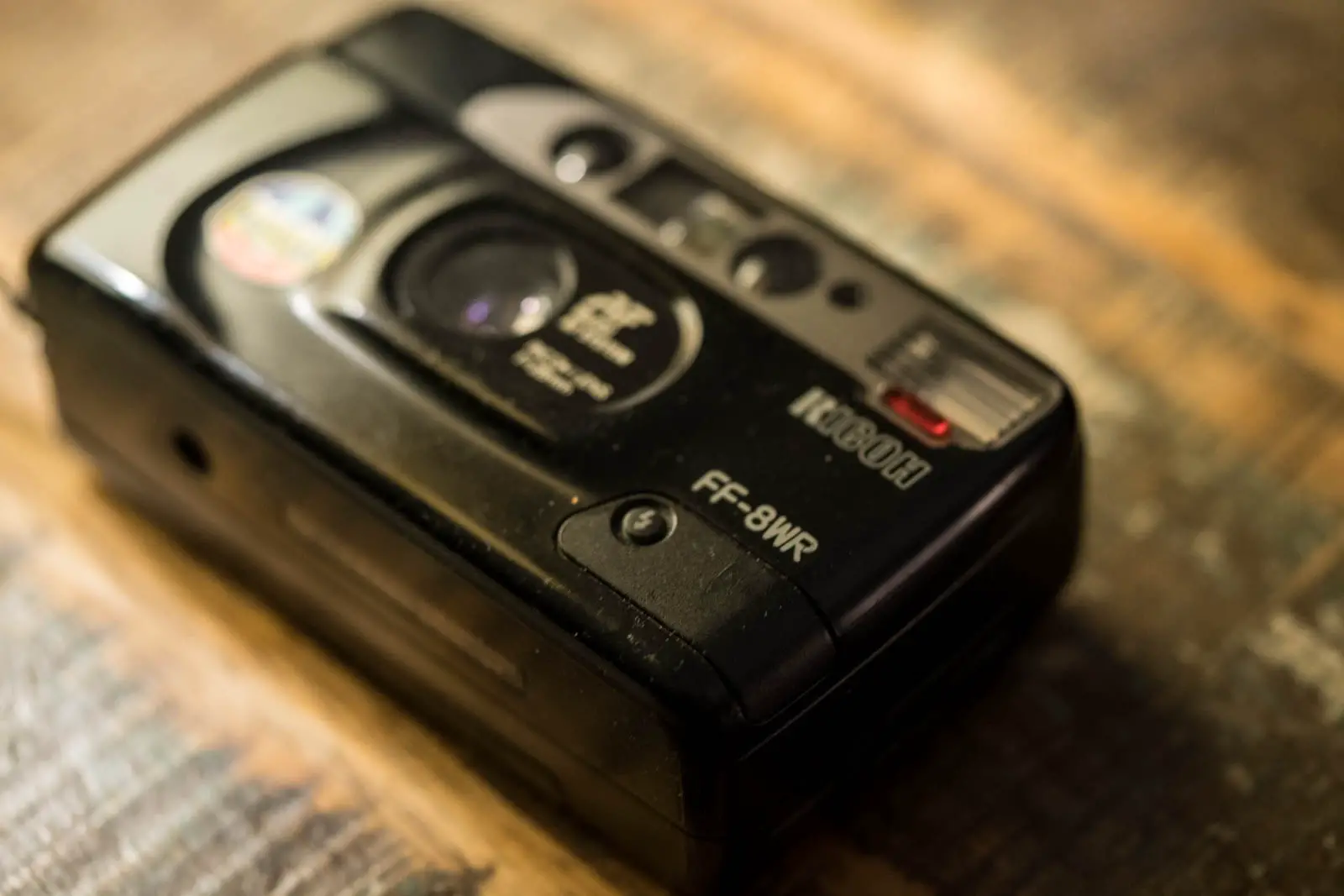
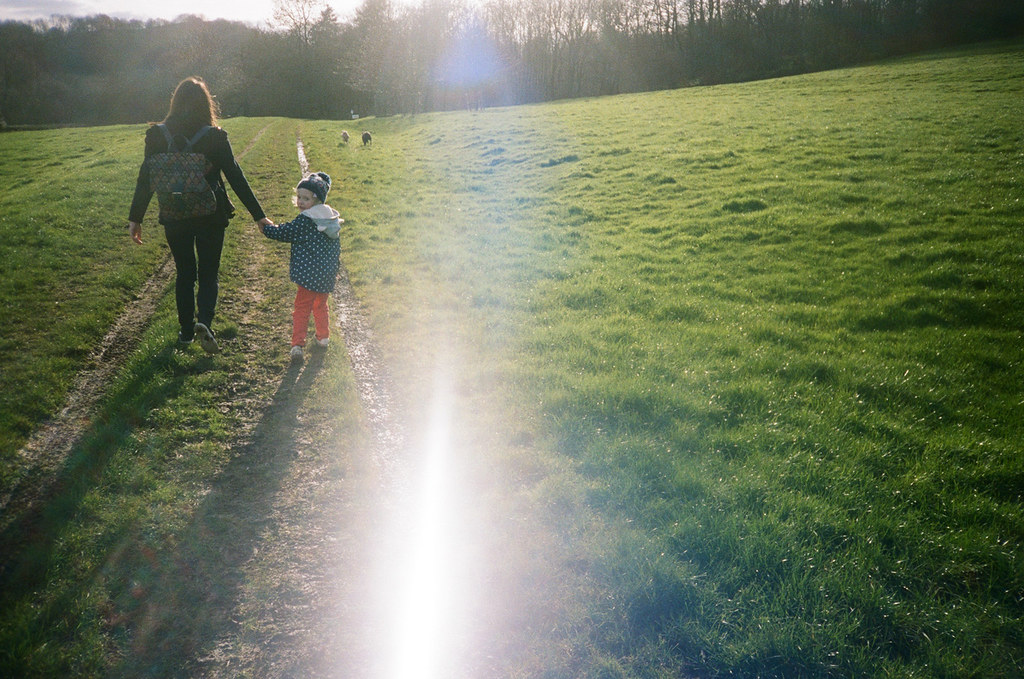
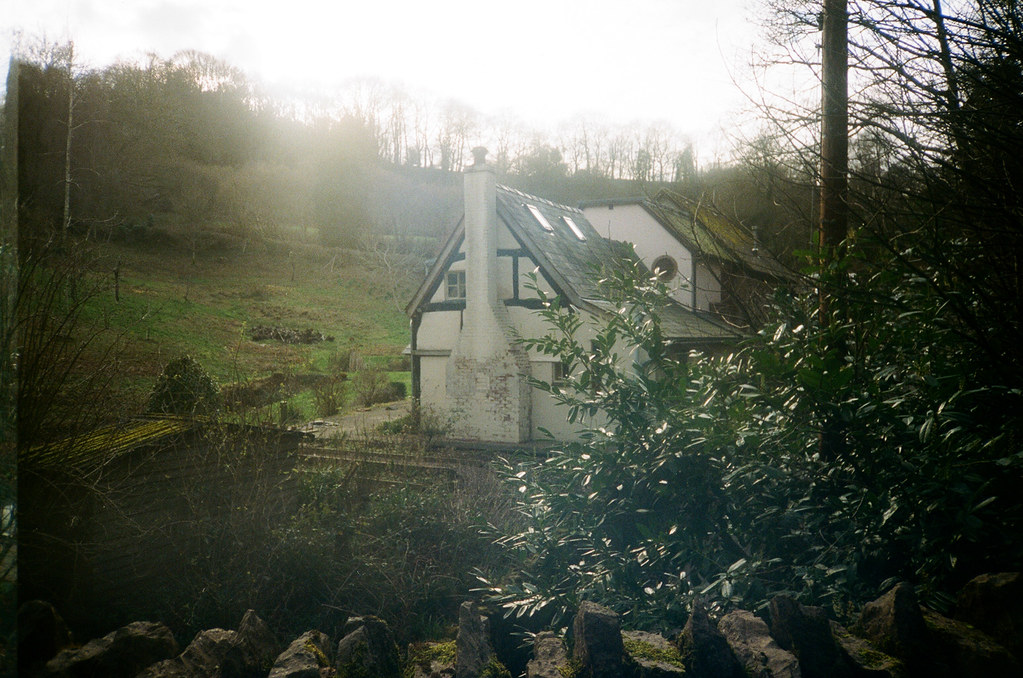
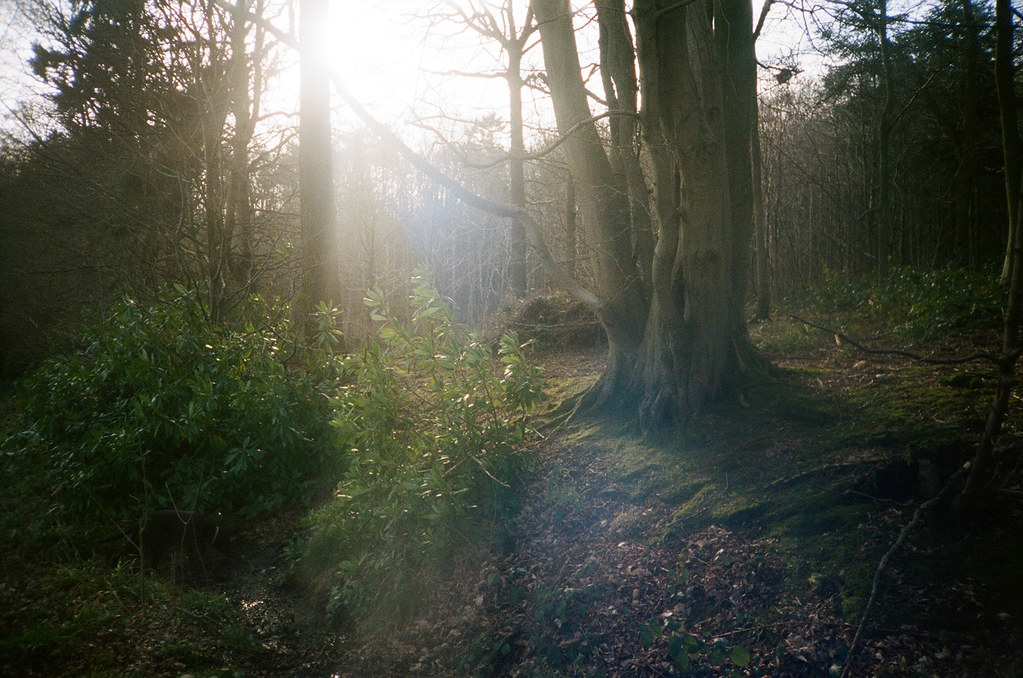
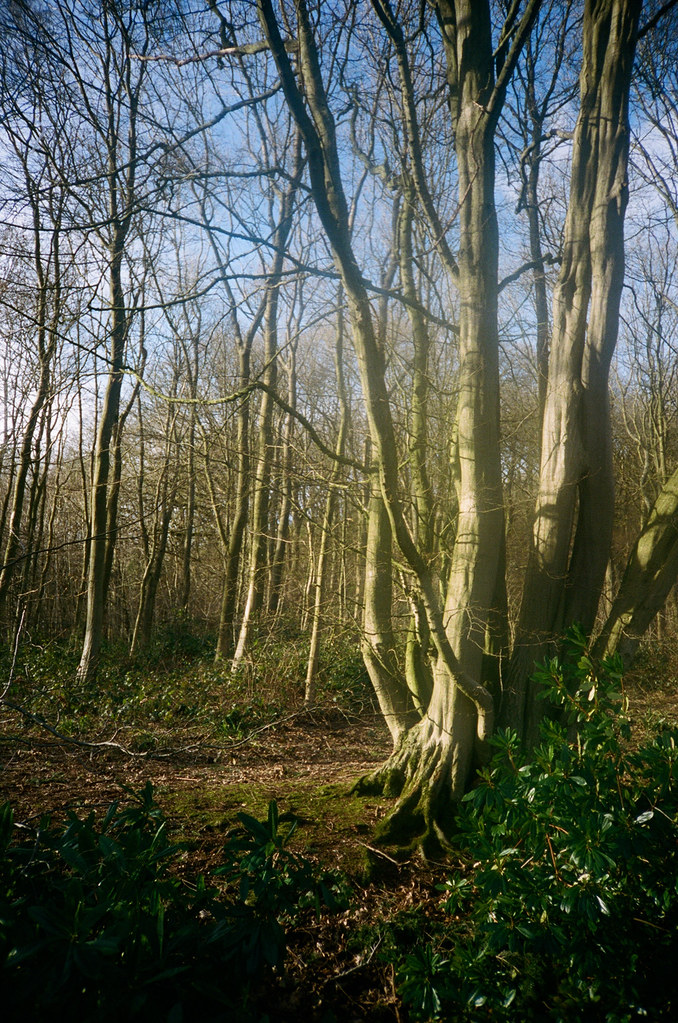
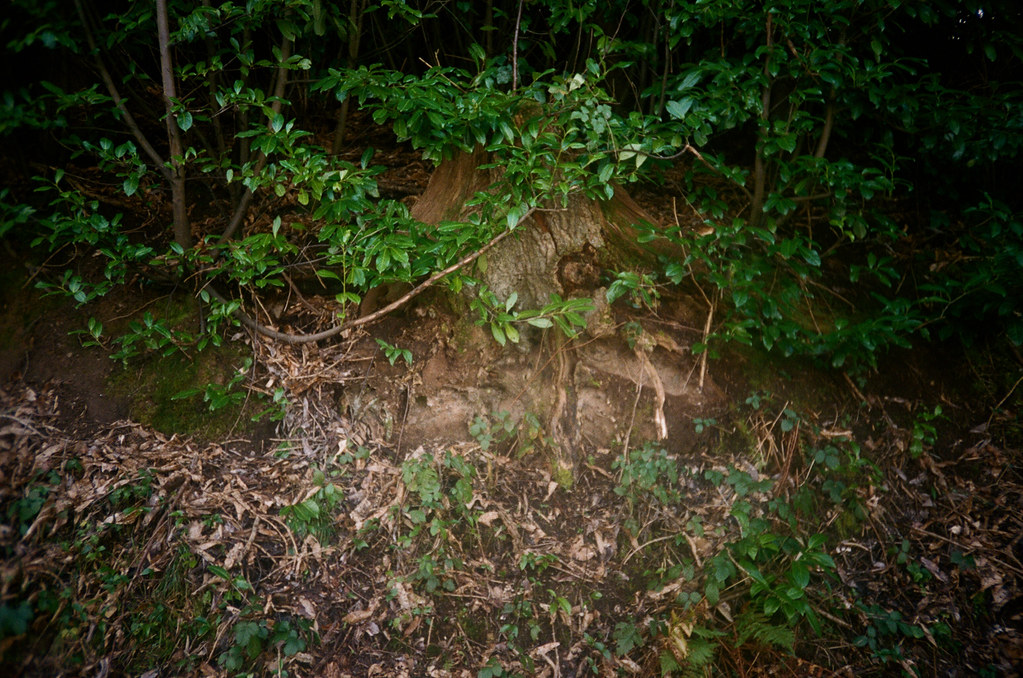
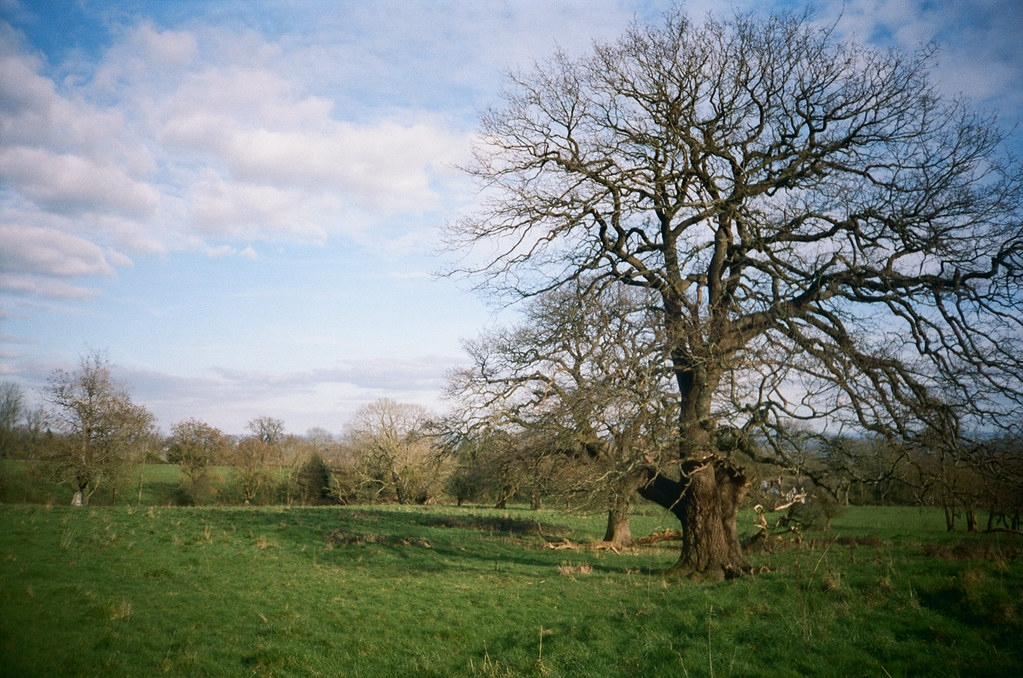
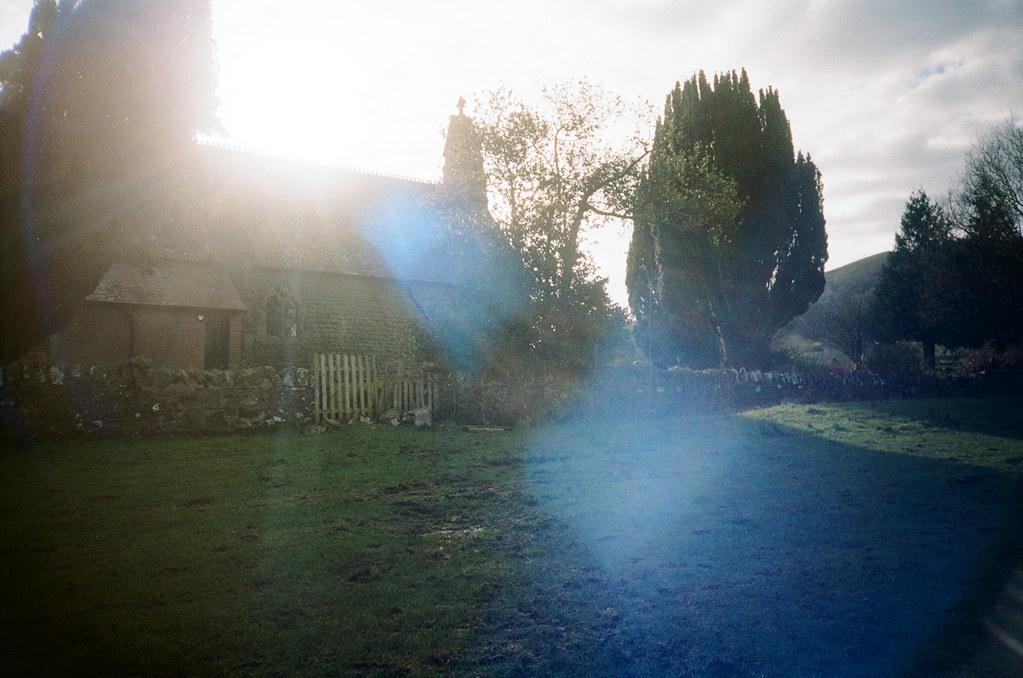








Comments
Charles on Ricoh FF-8WR – one roll review
Comment posted: 05/03/2016
https://fractionsoflight.wordpress.com/2014/12/08/the-old-bathing-station-bexhill-ricoh-ff-8aw/
Comment posted: 05/03/2016
Blinx on Ricoh FF-8WR – one roll review
Comment posted: 05/03/2016
I agree on the front "filter" issue. Removing them usually sees optical quality going up a leap, but ensures crap gets inside. That said, I enjoy reading about all these lame horses and the occasional winners that emerge.
Comment posted: 05/03/2016
Comment posted: 05/03/2016
Aukje on Ricoh FF-8WR – one roll review
Comment posted: 05/03/2016
Dominik Mrzyk on Ricoh FF-8WR – one roll review
Comment posted: 05/03/2016
Comment posted: 05/03/2016
Comment posted: 05/03/2016
joby on Ricoh FF-8WR – one roll review
Comment posted: 08/03/2016
Comment posted: 08/03/2016
Ken Hindle-May on Ricoh FF-8WR – one roll review
Comment posted: 14/03/2016
Comment posted: 14/03/2016
Rob on Ricoh FF-8WR – one roll review
Comment posted: 21/05/2019
I also have this camera rebranded as the Revue AW700P in Germany. The AW stands for All Weather and the P is for panorama, since it has a panorama mask. They are identical cameras but I get some good shots with mine without the flare. Here's one:
https://www.flickr.com/photos/robbie333/36783873950/in/photolist-Y3sYch.
I have compared photos of both the Revue model and the Ricoh model and they are really the same body and controls. Maybe the lens is different. I bought mine because I thought I could cheap out on buying a poor man's Nikon AF500 (Maybe why the Revue is similarly named...?) and I ended up buying the Nikon anyway. A much superior camera. But the little revue ain't too bad.
Howard Patterson on Ricoh FF-8WR – one roll review
Comment posted: 25/06/2023